It is a prayer composed by Tulsidasji, cited in the epic ‘Ramayana’. Shiva Rudrashtakam was written in the 16th century AD in Varanasi, the sacred city of Lord Shiva. You will find this hymn in the 107th Doha or stanza of Ramcharitmanasa, Uttarakhand. Rudrashtakam is the unification of two words ‘Rudra’ and ‘Ashtakam’. Where Rudra personifies Lord Shiva and Ashtakam stands for the eight stanzas in the Stotram or prayer. It is called Rudra’ ashtakam’ because the hymn has so much devotion and love for Lord Shiva, that it can easily pacify even the Rodraroop or Shiva’s angry form.
We can recite this anytime, any day, but on Monday it is believed to give maximum benefit. Especially if we recite this 9 times in one sitting. And ideally, it should be recited in the morning after taking a bath. It is important to understand the meaning of the Rudrashtakam stotram, to procure maximum benefits. Always recite the Stotram slowly while manifesting in mind and heart the brilliance of Shiva, as described in the hymn or Stotram.
Purpose of the Rudrashtakam Stotram
The Rudrashtakam narrates the magnanimous qualities and acts of Shiva. The 8 verses or stanza is full of praises for Shiva, it is recited to show our reverence and devotion for him. He is also called ‘Bholenath’or ‘Ashutosh’ as he is known to be the easiest to appease and mollify. The purpose of making Rudrashtakam was to impress Lord Shiva. It is believed that if he gets happy, he blesses his devotees generously and finishes all their pain and concerns in life. As he is an embodiment of kindness and blessings for his worshipers. Poet Tulsidasji has mentioned in Sri Ramcharitmanas, that Lord Shree Rama before going to the battlefield to fight Ravana, sang Rudrashtakam. In order to seek the blessings of Lord Shiva, for victory over the evil intentions of Ravana. And because of Shree Ram’s triumph and Ravana’s defeat, Rudrashtakam became the best way to praise Lord Shiva.
According to our holy scriptures, it eliminates all miseries, worries, troubles, diseases and especially enemies. In fact, to annihilate or subjugate your Enemies a special puja needs to be carried out in a Shiva temple for 7 consecutive days. Rudrashtakam Stotram is recited to infuse energy and power in you so that you can achieve success in all your endeavours. As we recite or sing this hymn it transcends us to an ethereal world of purity, devotion, peace and supreme power. These Rudrashtakam Stotram glorifies Shiva’s mesmerizing unique appearance, his behavior unperturbed by the worldly ways, and formidable yet merciful nature.

The Rudrashtakam Stotram praises Lord Shiva as
The one who has kept himself away from distractions and attachments. He has attained a state of mindfulness, in the form of self-awareness, self-consciousness, and desireless form.

He is formless or Nirakaara in shape, beyond speech, Knowledge and senses ‘the three Gunas. Lord of time, and the origination of the sanctimonious syllable Omkara. Who is calm and graceful, with a glowing beauty more than Kamadeva. Goddess Ganga resides on his head, the Crescent moon shines on his forehead and a snake coils around his neck. He is kind, compassionate and understanding with beautiful features. Always wrapped in tiger skin, Kundals in the ear and a garland of skulls. He is the 11 aggressive forms of Rudra, created to fight with the demons and safeguard the divinities. With his Trident which represents the three Gunas sattva, rajas and tamas he can uproot any kind of suffering and problems. He is beyond time, where the creation ends, the destroyer of Tripura’ with his single arrow. To the worthy gives eternal bliss, and detangles from worldly attachments.
Lord Shiva is the husband of Ma Parvati, if you worship him with all your heart all suffering will diminish. And eventually, you will attain peace and contentment in life. For true devotees, he is a saviour from the suffering of the cycle of death, birth and old age. And a guardian who can protect them from grief and pain. He is being worshipped in various forms as a Yogi, Dancer, Ardhnareshwara, Pashupatinath, Lingam and many more forms. In all forms, Lord Shiva is the Master and Controller of the three universal acts - Creator, Sustenance and Destroyer. Worship and do prayers for Lord Shiva through vedic pujas and homams.

















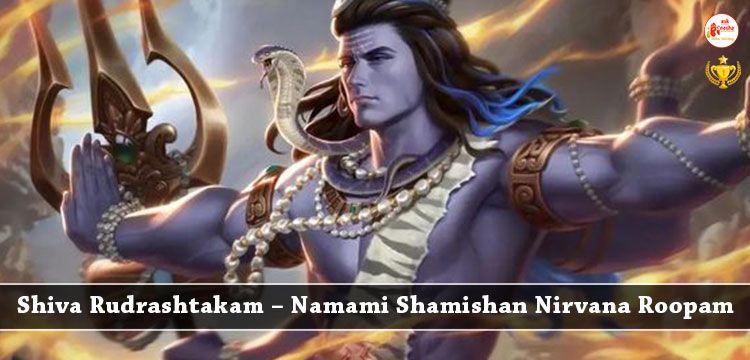
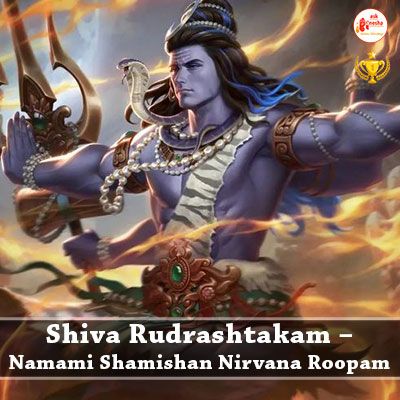
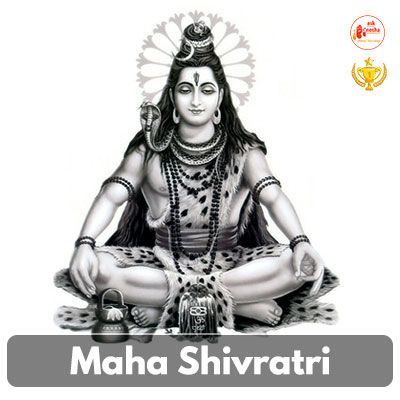
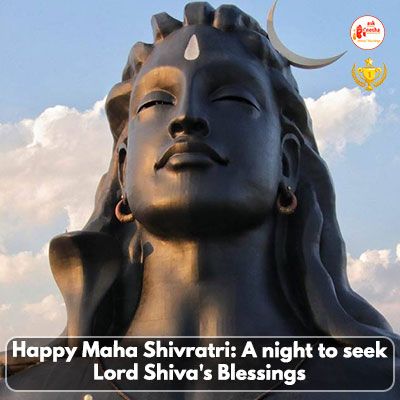

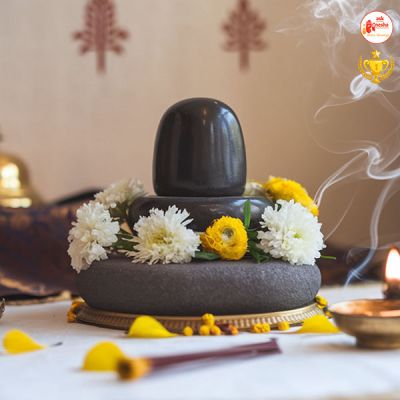

 Translate
Translate